The last czar of Russia – Nicholas II
Nicholas II Romanov, besides being the last czar of Russia, is one of the most tragic figures in Russian history. Disputes about his personality continue until our days. Having done a lot of good things for the country, he turned out to be not the wisest and not the most effective governor which, along with many other reasons, brought the Russian monarchy to the end. In this article, we look at different sides of Nicholas II and his life…
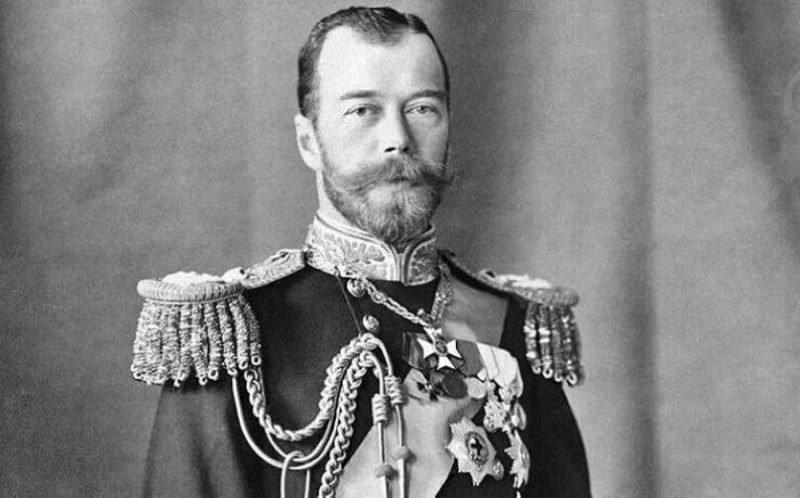
Childhood of Nicholas II
On May 18, 1868, Emperor Alexander III and Empress Maria Feodorovna had their first son who they called Nicholas.
The boy was getting prepared to rule the country from early years. After he celebrated his eighth birthday, his parents began his education which included military training as well. They invited the most prominent scientists, statesmen and military figures to teach Nicholas.
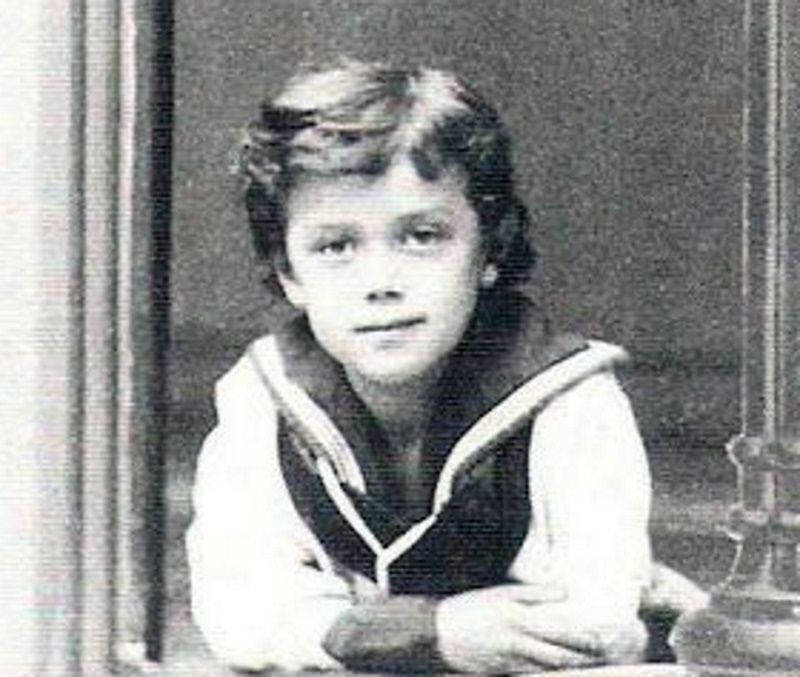
Nicholas was given his first military rank as ensign at the age of seven. At 19, he began regular service in the Preobrazhensky regiment. And at 24, he received the rank of colonel.
Youth of Nicholas II
To get acquainted with state affairs, Nicholas began to attend meetings of the State Council and the Committee of Ministers starting from 1889.
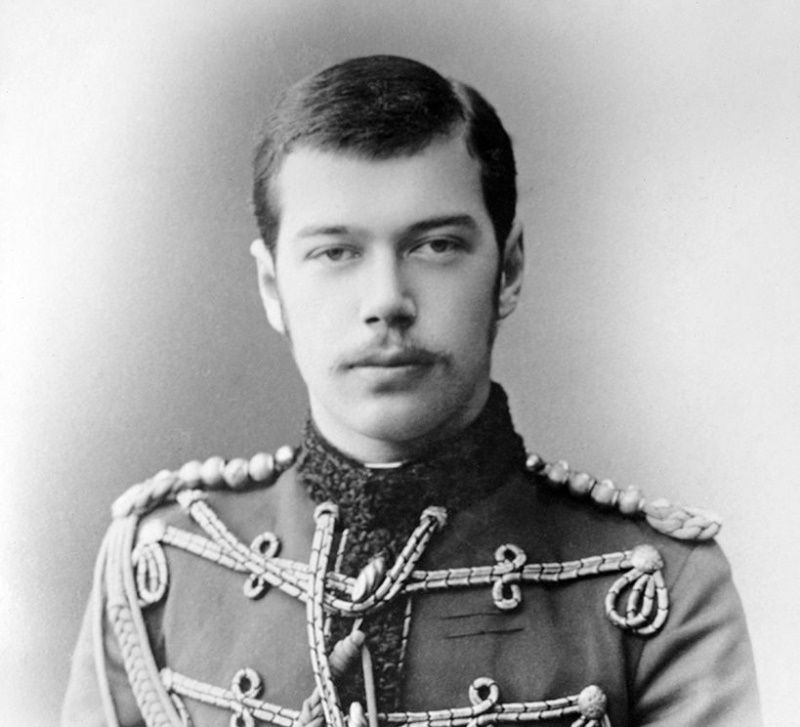
He was the first Russian emperor who reached Asia and later continued Russian expansion there. In October 1890, by a tradition that each heir to the throne had to undertake for educational purposes, he went on a trip. But unlike his predecessors who visited only Europe and Russia, he also went to Greece, Egypt, India, China, and Japan. The whole trip took 9 months after which he returned back to Moscow through Siberia.
Family man
In April 1894, he got engaged with Princess Alice Darmstadt of Hesse, daughter of the Grand Duke of Hesse, granddaughter of the English Queen Victoria. After the transition to Orthodoxy, she took the name Alexandra Fedorovna.
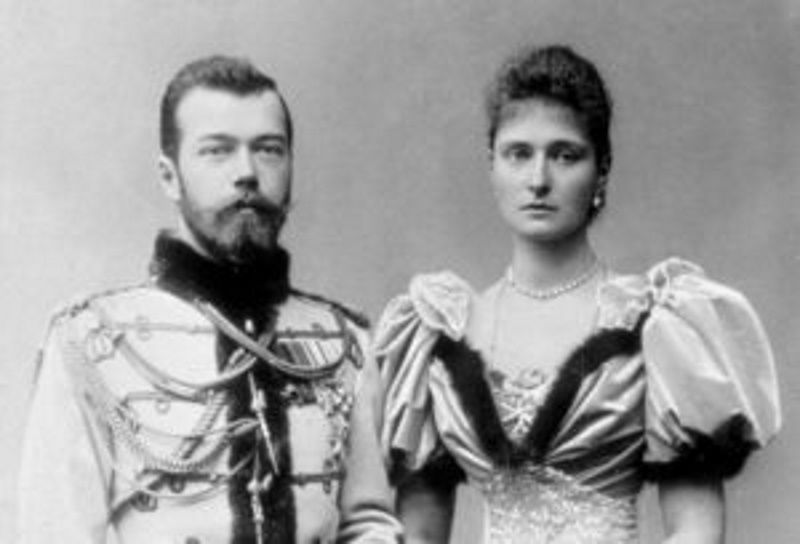
Their union was unusual for royal families as they were really in love with each other and carried the feelings throughout their lives. Alexandra bared him five children: Olga, Tatyana, Maria, Anastasia and Aleksey. Aleksey, the only male heir to the throne, was later diagnosed with hemophilia.
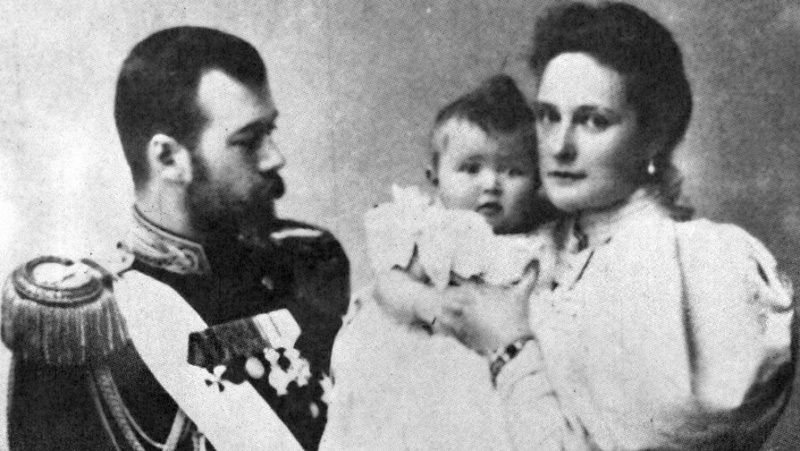
The parents were ready for everything to help their son. So it is not surprising that when in 1905, a mystic and self-proclaimed holy man Grigory Rasputin was mysteriously able to ease their son’s pain, Alexandra became convinced that Rasputin was sent to them by God. He got accepted at the court despite his well documented history of drinking and womanising. Very soon he exerted a powerful influence over the Nicholas and Alexandra including advising them on state matters.
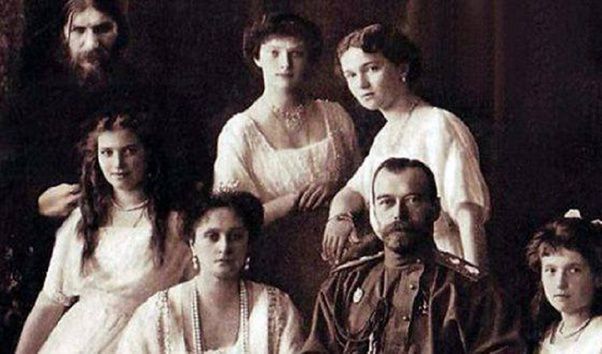
“Bloody czar”
On November 2, 1894, the current emperor at that time, father of Nicholas – Alexander III – unexpectedly passed away. The coronation of Nicholas II took place on May 26, 1896.
His reign began with troubles. On May 30, 1896, during the celebration of his coronation in Moscow, a stampede occurred in the Khodynka field. According to official figures, 1282 people were killed and 900 were injured.
Although Nicholas had nothing to do with the organisation of the celebration, the disaster was considered by people his direct fault. It was probably and partially due to the fact that Nicholas did not cancel the meeting scheduled for the same day with the French ambassador. Although the emperor and the empress came to the requiem for the dead the next morning, then visited the victims several times in hospitals, and arranged for the compensation to the families of the dead and injured (1000 rubles each) and a special shelter for their children, the blood of the victims stayed in the eyes of the public on his hands.
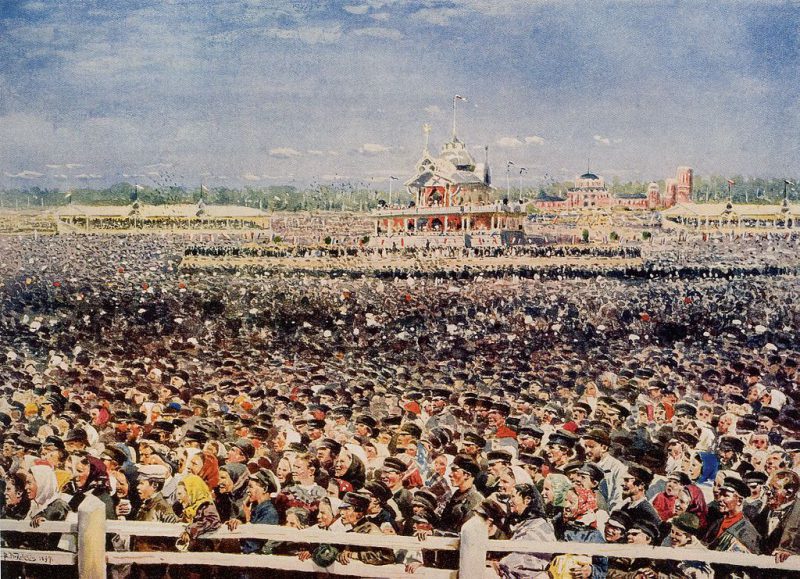
After this episode, he got the nickname “bloody czar”.
10 years later, in the early days of the revolution in 1905, another episode reinforced the Nicholas’s nickname “bloody”.
A couple of days after Christmas, a procession of workers walked toward the the Winter Palace in St. Petersburg intending to present the czar with a collective petition for the needs of workers. However, on that day, Nicholas was neither in the palace nor in the capital itself. The political nature of the petition and the desire of the demonstrators to break through the cordon of the soldiers caused the procession to be dispersed. According to official figures, 130 people died on that day or later from wounds. This event is known in history as the “Bloody Sunday”.
Reign of Nicholas II
By the time of his accession to the throne, little was known about the future emperor both in Russia and abroad. Such lack of information became the reason for hopes that the new emperor would lead Russia away from the path of conservatism which his father, Alexander III, followed. However, in his first public speech, Nicholas dispelled those hopes which forever set the liberal intelligentsia against him, and until the end of his reign they sought to show the inefficiency of his rule.
Being prepared to take on the reign over Russian Empire since childhood, Nicholas believed in his divine destiny and was a convinced autocrat. Devoted to his wife, he was also influenced by her. Alexandra, in her turn, shared his views and truly believed that autocracy was good for Russia and must be preserved at all costs.
During his reign, Nicholas II continued what was started way before him and supported decisions aimed at economic and social modernisation.
In 1895—1897, he carried monetary reform that introduced the circulation of the gold ruble (which replaced the silver ruble). The reform strengthened the external and internal ruble exchange rate, improved the investment climate in the country, and helped to attract domestic and foreign capital into the economy.
In 1905, the construction of the Trans-Siberian Railway, the Great Siberian Route that crossed all of Russia, was completed. The Trans-Siberian Railway can be called the personal pride of Nicholas, because he led the construction commission even before the death of his father. The brainchild of Nicholas was of tremendous strategic importance for Russia. The road made it possible to connect the most remote regions with the center and substantially speed up the development of the country, previously relatively slow due to the distances. The path from St. Petersburg to the Far East, instead of several months, was now taking not more than two weeks.
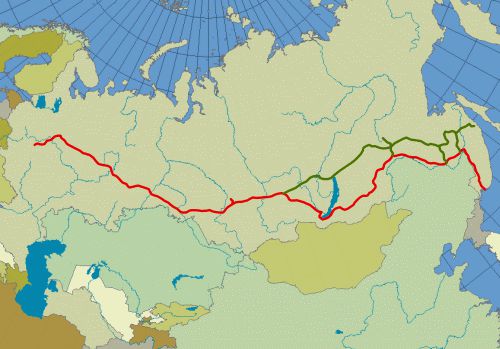
In 1906, crop failure and intensified agrarian unrests pushed for the agrarian (Stolypin) reforms. The reforms intended to solve the agrarian matter by endowing the peasants with land and involving them in a market economy. These days, such measures would be called “the creation of the middle class”. As a result of many years of transformation, more than 6 million households out of the existing 13.5 million secured private land.
Both Lenin and Trotsky later admitted that if the Stolypin reforms were completed fully, “the Russian proletariat could never have come to power in 1917”.
One of the main tasks that the Nicholas II set for himself was the development of the Russian Far East. Under Nicholas, this region, including Manchuria, began to be massively populated with the Russians and attracted more capital. Although Russian expansion into the East started long before Nicholas, he became the first emperor to rely specifically on the eastern direction.
However, Manchuria, along with Korea, became the reason for one of the darkest episodes of the reign of Nicholas II. In 1904, Nicholas took Russia into war with Japan over these territories. The defeat of Russia in that War ruined the monarchy’s prestige among all layers of society and led to a revolution in 1905 and to the “Bloody Sunday”.
After the “Bloody Sunday”, influenced by the strong social movement, Nicholas II signed the famous manifesto “On Improving the Public Order”: “To grant the population the unshakable foundations of civil liberty on the basis of genuine inviolability of the person, freedom of conscience, speech, assembly and unions.” To ease the wave of opposition and regain support, Nicholas created the State Duma – Russia’s first nationally elected representative assembly to give the people a voice (it did not help to stop the revolution though which only finished two years later, after the dismissal of the second convocation of the Duma).
Under Nicholas, a draft law “On the Introduction of Universal Primary Education in the Russian Empire” was introduced to the Duma. However, the plans were never put in action due to the First World War and the second Revolution in 1917.
Overall, the reign of Nicholas II was marked by the economic development of Russia on one side, and worsening of socio-political issues on the other. The problems of the state and not a very efficient governance of Nicholas II led to the strengthening of revolutionary movements and, eventually, to the collapse of the Russian Empire.
The last years of the last Russian czar
The turning point in the fate of Nicholas II was the beginning of the First World War in 1914. Nicholas did not want the war and tried to avoid a bloody clash as long as he could. The war was supposed to solve the centuries-old issue of owning the Black Sea straits, but it became only a long-standing prelude to the revolution.
After a series of major military failures of the Russian army, Nicholas II removed his uncle, Prince Nicholas Nikolayevich, from the position of the commander in chief and decided to lead the imperial army personally. Later, one of the generals wrote in his memoirs about the fact that Nicholas Nikolayevich’s got deeply offended by that action of his nephew and then played the key role in the conspiracy against the czar.
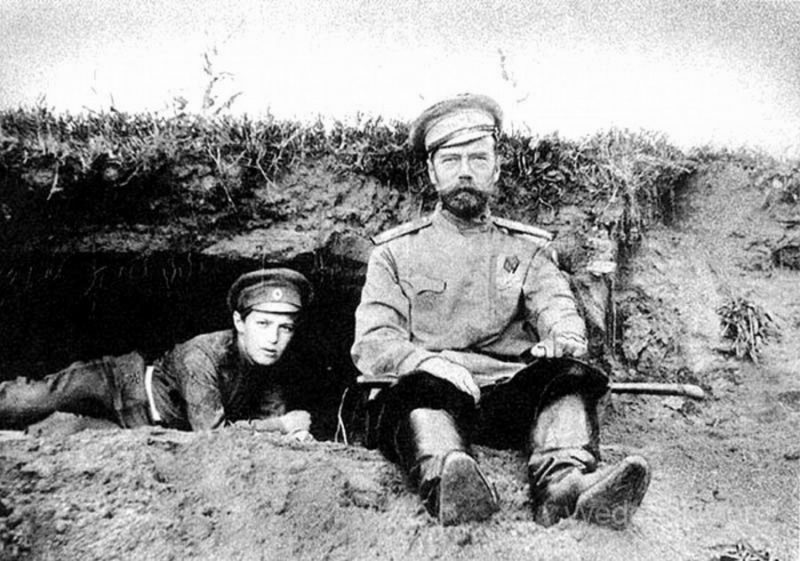
The Russian army suffered heavy loses and was defeated in the WWI which resulted in a political crisis. Commoners hated the war and blamed Nicholas for it. The relations between the government and the people worsened. At the end of February 1917, an unrest began in Petrograd and grew into mass protests against the government and the Romanov dynasty. The protests spread to the army as well. Abandoned by his generals, Nicholas was eventually forced to abdicate, and all the power was transferred to the Provisional Government.
On March 20, 1917 The Provisional Government issued an order to arrest the czar. Оn March 22, together with Nicholas, the whole royal family was taken under arrest in czarskoye Selo. In August 1917, they were transported to Tobolsk, where they spent eight months.
At the time, the power of the Bolsheviks prevailed over the other major revolutionary groups and they soon overthrew the Provisional Government. To prevent Nicholas and his family from fleeing abroad, the royal family was exiled to Yekaterinburg where it was placed in the house of mining engineer Nikolai Ipatiev. The house became their prison with a fence and large boards covering the windows. Romanovs were constantly guarded by Bolshevik soldiers who humiliated and insulted them.
On the night of July 17, 1918 the Bolsheviks Party executed the royal family to eliminate any possibility of restoring the monarchy. Nicholas II, his wife, and their five children – the oldest at the time was 22 and the youngest 13 – were taken to the basement under the pretext of evacuation and shot by a firing squad.
The memory of the last Russian czar
In early 1991, an application about the discovery of bodies with signs of violent death near Yekaterinburg was filed into the city’s prosecutor’s office. After many years of research on the remains, a special commission came to the conclusion that they indeed belong to the seven members of the family of the last Russian czar Nicholas II.
The remains were solemnly re-buried n 1997, in the Peter and Paul Cathedral of St. Petersburg.
In 2000, Nicholas II and his family were canonised by the Russian Orthodox Church.
On October 1, 2008, the Presidium of the Supreme Court of the Russian Federation recognised the last Russian czar Nicholas II and his family as victims of illegal political repressions and rehabilitated them.






